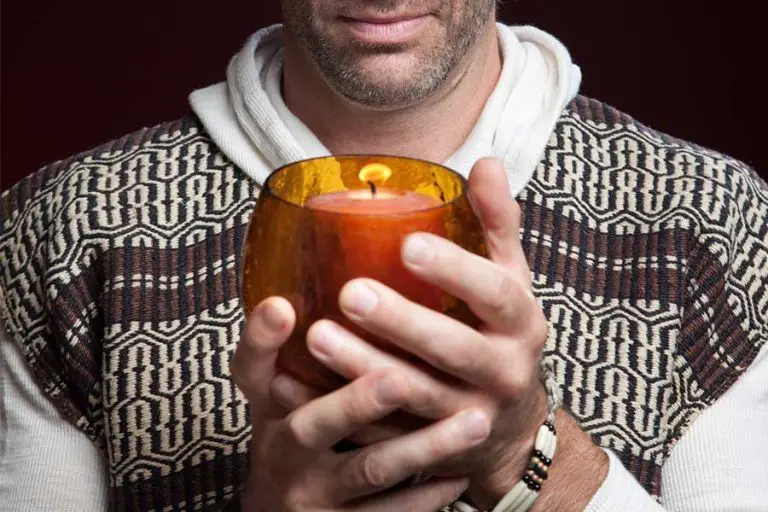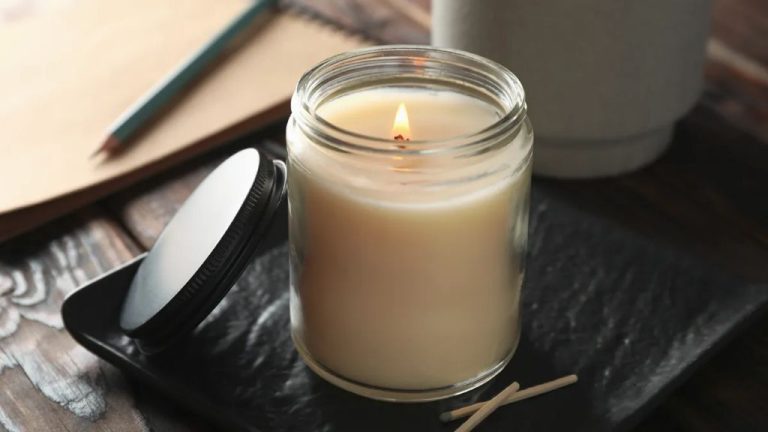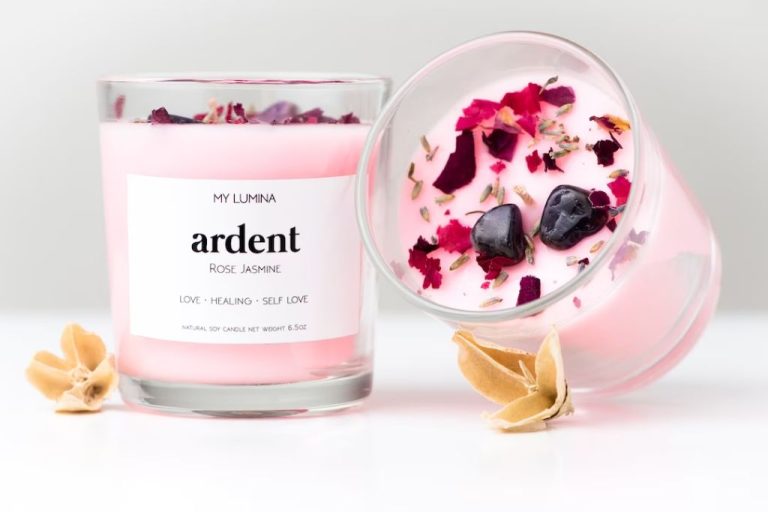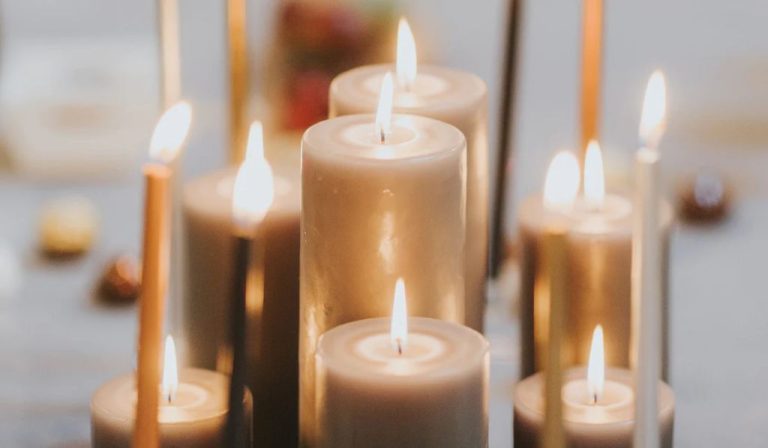Is A Candle Warmer The Same As A Wax Melter?
What is a Candle Warmer?
A candle warmer is a device that gently heats a scented candle in order to release its aroma without having to light the wick. It operates using low heat to melt just the top layer of wax rather than burning the entire candle.
Candle warmers use various heating elements to slowly melt the wax, such as light bulbs, ceramic surfaces, or hot plates. The warmth causes the wax to liquefy and the fragrant oils mixed in the wax are released as vapor into the air. This allows you to experience the scent of a candle without having to light it.
The purpose of a candle warmer is to provide ambiance and enjoyable fragrance from a candle in a flameless and smokeless way. Candle warmers allow people to safely enjoy scented candles by eliminating issues like soot, black residue, blown out wicks, wasted wax, and risk of open flames. They offer an alternative to traditional burning candles.
According to https://www.bubbleslidess.com/what-is-a-candle-warmer/, candle warmers operate by using gentle heat to release fragrance without the need to actually light or burn the candle. The low heating enables the aroma of a candle to fill a room without wasting wax or producing smoke.
What is a Wax Melter?
A wax melter is an electric home fragrance device designed to melt wax and release aromatherapy oils into the air. Unlike candles, wax melters do not have a wick or flame. Instead, they use a low-wattage bulb or heating plate to gently warm wax cubes or tarts, slowly melting them until the room is filled with fragrance (Airpure.com).
Wax melters consist of a small heating element embedded in a base designed to hold wax. When plugged in, the low-heat bulb or plate gently warms up, melting the wax in the dish above. As the wax melts, fragrant oils are released into the air to scent the surrounding space. The heating element continually melts more wax as needed, providing continuous fragrance diffusion without having to relight repeatedly like a candle (https://www.fiain.ie/blogs/our-blog/how-does-a-wax-melter-work).
Compared to burning wax in a candle, melt warmers provide a flameless, gentler way to enjoy candle scents. They also allow you to control the throw and longevity of the fragrance by adjusting the melted wax amount.
Key Design Differences
Candle warmers and wax melters have some distinct design differences:
Candle warmers are designed specifically for use with candles. They have a base with a low-wattage heating element that gently warms the bottom of a candle to release fragrance (Candle Warmer vs. Wax Melter: Which Is Better for You?). The candle sits directly on the warming plate.
In contrast, wax melters are made for warming wax cubes, melts, or tarts. They have a dish or bowl with a heating element underneath to melt wax and disperse fragrance. The heating element often uses higher wattage than a candle warmer (Wax Melt vs. Candle: All You Need to Know).
So in summary, the key design differences are:
- Candle warmer designed specifically for candles
- Wax melter designed for wax cubes/melts
- Warmer uses low heat, melter often uses higher heat
- Melter has dish or pot for wax, warmer directly warms candle
Heating Element Variations
Wax warmers and wax melters use different heating methods to melt wax and release fragrance. Warmers tend to utilize low wattage light bulbs or heating plates to gently warm the outside of a jar candle. The most common type is a 20-40W light bulb enclosed in a ceramic or metal housing that the candle jar sits on top of. This slowly heats the bottom of the jar until the wax pools and melts.[1]
In contrast, melters employ direct heat via a hot plate or heating element under a small melt cup or wax tart. These heating elements tend to be ceramic plates or electric bulbs in the 25-40W range. The heating element has direct contact with a small amount of wax, enabling rapid melting.[2] This allows melters to use less power to melt wax versus gently warming an entire candle jar.
Fragrance Differences
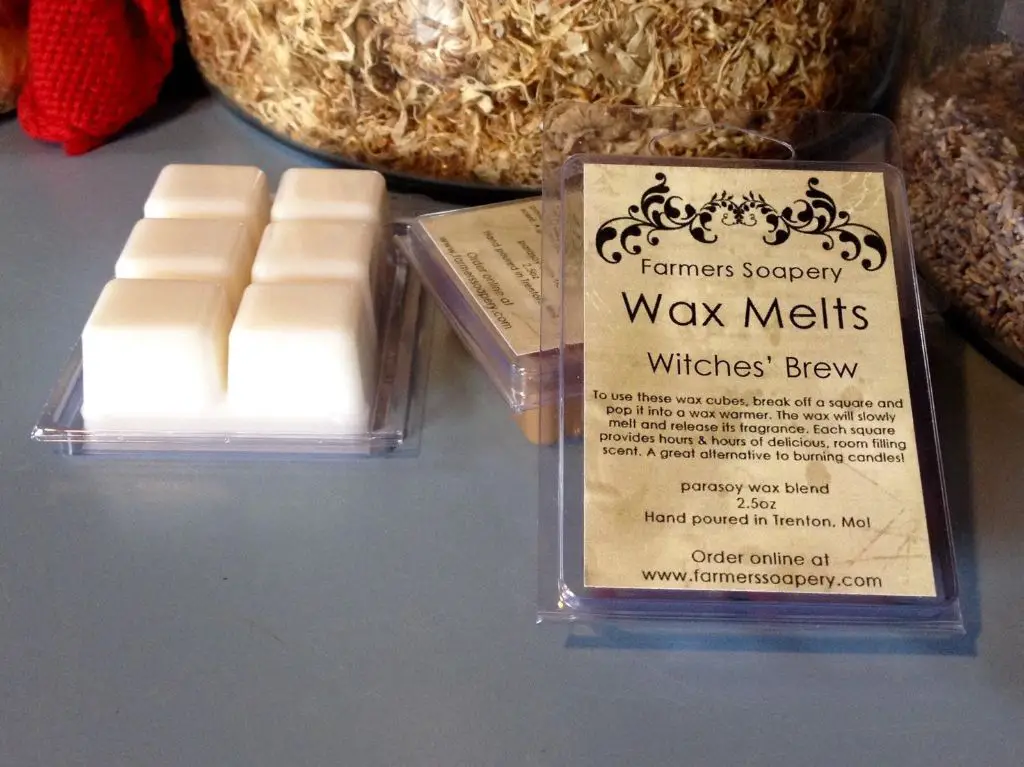
One of the main differences between candles and wax melts is in how the fragrance is incorporated and delivered. With candles, fragrance oils are typically blended into the wax itself before being poured into the candle vessel. This allows the scent to gradually release as the candle burns over time. However, some of the fragrance can be lost in the actual burning process.
Wax melts, on the other hand, are made of pure fragrance oil that has been blended into wax chips or cubes. Since they are heated indirectly, none of the fragrance is burned off as the wax melts. This allows wax melts to offer much stronger and consistent fragrance than candles. The intensity and variety of fragrances available is also greater with melts. You can find an endless array of scents from fresh baked goods to fruity aromas.
According to Swoonworthy Scents, “As explained above, none of the fragrance oils are burned up in the process of using a wax melter as they are in a candle so you will notice the fragrance of your wax melt is often stronger than the same fragrance’s candle counterpart.”
Safety Considerations
There are some key safety differences between candle warmers and wax melters that are important to understand. Candle warmers heat candles indirectly through a warming plate, eliminating the open flame hazard of burning candles (Are wax melters safe?, 2021). The lower heat of a warming plate reduces the risk of accidental fires compared to burning candles. However, there is still some fire risk if the warmer gets too hot or is left unattended for long periods (Are Candle Warmers Safe?, 2023).
With candle warmers, it’s important not to overheat the candle or leave it warming for too long. This can cause tunneling, where a hole burns down the center of the candle. It also increases the risk of the pooled wax catching fire. Wax melters operate at lower temperatures so they do not pose the same tunneling risks. However, it’s still important to use wax melters safely by not overheating and avoiding flammable surfaces nearby (Candle Warmer vs. Wax Melter: Which Is Better for You?, 2023).
Both candle warmers and wax melters should be used according to manufacturer guidelines for safe usage. With some basic precautions, both can be safe options for fragrance in the home.
Convenience Factors
When it comes to convenience, both candles and wax melts have their advantages. Wax melts make it very easy to change fragrances – you simply pop in a new cube or two whenever you want a different scent. With candles, you need to wait for them to fully burn down before switching scents. Candles can be more convenient for travel, since they are self-contained. Wax melts require a warmer device. However, with melts there is no need to trim wicks as the candle burns down, which can be a nuisance with traditional candles.
According to one source, “As wax melts are flame free, they are much safer to use than a burning candle.” (https://www.purcellandwoodcock.com/blog/wax-melts-vs-candles.html)
Cost Comparison
Warmers and melters are relatively inexpensive to purchase upfront, with prices starting around $10-15 for a basic model. On the other hand, scented candles can range anywhere from $5 for smaller jars to over $50 for larger, luxury candles (Source 1).
Over time, wax melts tend to be more affordable than candles. An ounce of wax melts costs around $1-2, while an ounce of candle wax can be $2-4. Since melts last longer than candles, you get more fragrance for your money (Source 2). However, melts require more frequent repurchasing compared to a long-burning candle.
Ultimately, melters and warmers have a lower startup cost, but the ongoing costs of restocking wax melts adds up over time. Candles cost more upfront but may be cheaper in the long run if you reuse containers and purchase infrequently.
Environmental Impact
When it comes to eco-friendliness, wax melts tend to have an advantage over traditional candles. As explained on Roanoke Creek, “Wax melts tend to be more environmentally friendly than candles. Since you don’t have to throw away the whole product when the wax is gone, there is less waste” (Wax Melts vs Candles). The reuse of the heating unit reduces waste compared to disposable candles.
Candles are generally seen as less eco-friendly because the entire product has to be discarded when finished burning. Wax melter heating units can be used again and again with wax melt refills. Candle Lore notes, “Many people find that wax melts are more eco-friendly since you aren’t constantly throwing away used candle jars and can reuse your wax warmer” (Candles vs Wax Melts: What’s Better?).
The specific wax used in candles and melts also impacts their environmental footprint. Soy wax is often considered the most eco-friendly option for both. Paraffin wax is the least sustainable. But the reusability of warmers makes melts greener overall.
The Bottom Line
In summary, there are some key differences and similarities between candle warmers and wax melters:
Candle warmers use radiant heat to melt and warm scented candles without burning the wick. Wax melters use direct heat to melt wax cubes or tarts placed in a dish. Both devices release fragrance as the wax melts without actually burning anything.
The main differences come down to the heating method and what type of wax they are designed for. Candle warmers are made for standard candles in jars or tins. Wax melters are made for melting cubes, tarts, beads, and other wax shapes designed specifically for melting.
In terms of recommendations, candle warmers are ideal if you want to use up existing candles or prefer the wide fragrance options of jar candles. They allow you to experience the scent without lighting the wick. Wax melters work well if you want to frequently change scents, don’t want to invest in multiple candles, or have safety concerns around burning candles. Wax cubes and melts also tend to be more economical in the long run.
Overall, candle warmers and wax melters both serve the purpose of scenting a space without an open flame. The choice comes down to personal fragrance preferences and whether you want to use jar candles or wax melts.


